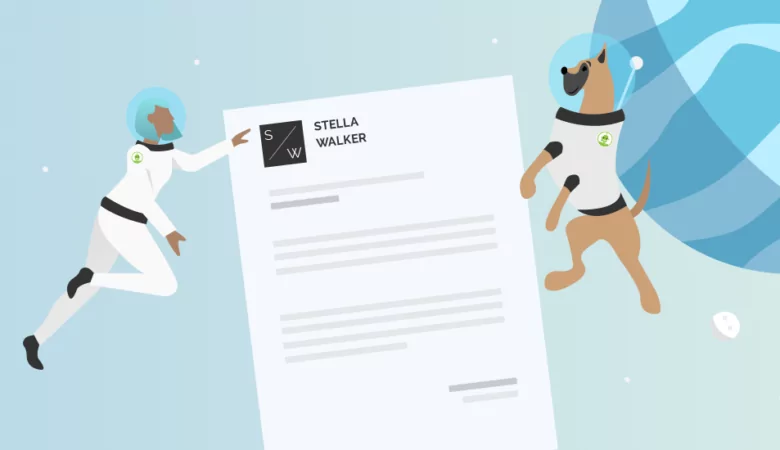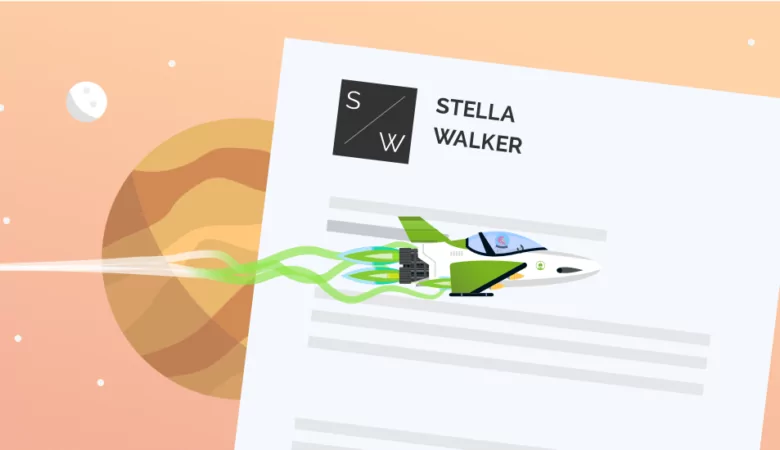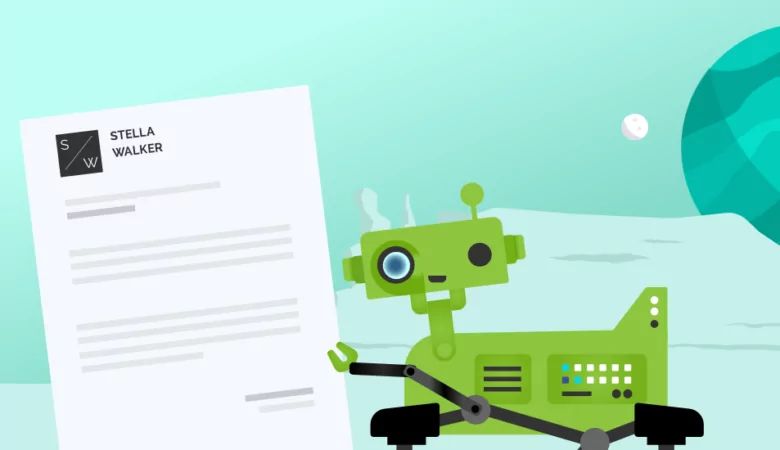A cover letter layout is the basic building block of how you put together your cover letter. Here’s how you can make your cover letter layout work for you.

Determining a Cover Letter Layout
Cover Letter Layout
Before you ever start writing your cover letter, you need a cover letter template. Understanding the layout of your cover letter is key to making sure that you aren’t scrambling to put together a cover letter that looks good and reads well. Just like using a resume template, a cover letter layout helps you stay on track and write the perfect cover letter. Here’s what you should know about using a cover letter layout.

What Is a Cover Letter Layout?
“Cover letter layout” is just a term that describes how you create your cover letter. Think of it as an outline that contains the important elements of a simple cover letter.
Basic and Effective Cover Letter Layout
When you look at cover letter examples, you’ll likely see that they all follow a similar format. This basic but effective cover letter layout should be your starting point for learning how to write a cover letter.
-
Header and salutation
In your cover letter header, include your full name, contact information, including your phone number, and any professional portfolio links you might have, such as your LinkedIn. It’s where recruiters look to get your basic information.
From there, you need to also address the hiring manager. To make a good first impression, it’s best if you use the hiring manager’s name, and avoid generic phrases like “To whom it may concern” or “Dear sir or madam.” Phrases like “Dear Hiring Manager” may be acceptable, but only if you truly can’t find the hiring manager’s name.
-
Introduction: Your “Hook”
In your first paragraph, you need some kind of hook to pull in the recruiter. It may be a unique piece of work experience, a great achievement, or even the reason you decided to get into this field in the first place. The intention of this paragraph is to grab and keep the recruiter’s attention, and give them an initial idea of why you might good for the open position. This paragraph can also provide a statement about the specific job you’re applying for, just to remove any doubts.
-
Body: Overview of achievements
Your next paragraph or two is where you can showcase your major achievements and qualifications. This is where you really start convincing the hiring manager that you’re the only person who can effectively fill the job posting. Provide a rundown of top skills and work experiences that prove you match the job description. You can use even list specific experiences in bullet points for more impact.
-
Closing: Call to action
In your final paragraph, give a final summation of why you think you’re right for the role, and express your enthusiasm for the opportunity. Then close with a request for the hiring manager to follow up with you.
-
Sign-off
Finally, close with a sign-off. Use a professional sign-off, like “Sincerely,” then list your full name.
Tips for Adapting Your Cover Letter Layout
Here are three ways that you can adapt your cover letter layout specifically to your unique needs:
- Check cover letter samples from other people in your field. The more you see what other job candidates are doing in their cover letters, the better you’ll be at writing your own, and determining unique skills that set you apart from others.
- Use cover letter templates to build your cover letter. The better you are at adapting your information to a cover letter template, like a modern cover letter template or a creative cover letter template, the better you’ll be at showcasing your skill through it.
- Expand on information from your resume that you wanted to bring to the hiring manager’s attention. Your application letter gives you more space to talk to your potential employer than your resume does, so don’t just repeat everything from your resume.
FAQ: Cover Letter Layout
The usual rule is that you should never make your cover letter longer than one page. Most people recommend between 250-350 words or half a page to 3/4 of a page. The same suggestions also apply to an email cover letter. Your best bet is to check good cover letter examples and create a letter with a similar length.
The same fonts that are good for resumes will also typically be good for resumes. In fact, for many people, it’s considered best practice to use the same font for your resume and your cover letter. Go for simple, commonly used fonts that are clear to read, like Arial, Times New Roman, or Verdana.
It depends on the job you’re applying to. Depending on your job, you may email your application and cover letter to the company, you may mail it to the company address, you may submit it through an online application, or you may even physically hand off a hard copy. No matter what format you send your letter in at, follow the rules above for outlining and filling in your letter, and you’ll have a strong document that can help your job candidacy.







